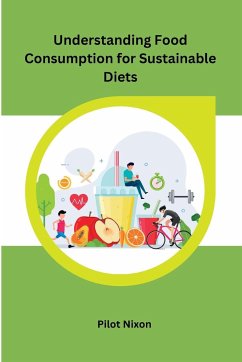In 2009, a new concept entered the realm of sustainability terminology: "Planetary Boundaries." This concept aimed to define the safe limits within which humanity could operate concerning the Earth's systems. These boundaries were associated with the biophysical subsystems or processes of the planet (Rockström et al., 2009; Crompton et al., 2012). Subsequently, in 2012, there was a growing interest in combining the planetary boundaries, which represented the upper threshold or the environmental ceiling, with social boundaries, representing the lower threshold or the social foundation. By setting these boundaries, a space emerged that sought to strike a balance between well-being and environmental preservation. This space offered the potential for inclusive and sustainable economic development and took the form of a doughnut-shaped area representing a safe and just operating space for humanity (Raworth, n.d.). This framework addressed the three crucial pillars of sustainability: the environment, society, and the economy. Food systems were traditionally designed as a stable foundation for meeting the nutritional needs of people. Initially, the focus of optimizing food systems was primarily on increasing crop yields and improving supply chain efficiency to feed the growing global population. However, as the health and environmental impacts of the food system gained prominence, the psychological and social dimensions of food became significant (Niles et al., 2018a). Within the context of the doughnut framework applied to our global food system, the lower threshold can be described as providing populations with the necessary quantity and quality of food to preserve their physical and mental health. On the other hand, the upper limit is associated with the detrimental environmental consequences resulting from our current food system (Raworth, n.d.). Ideally, all our systems, including the food system, should operate within the doughnut zone. However, achieving this goal poses significant challenges.








